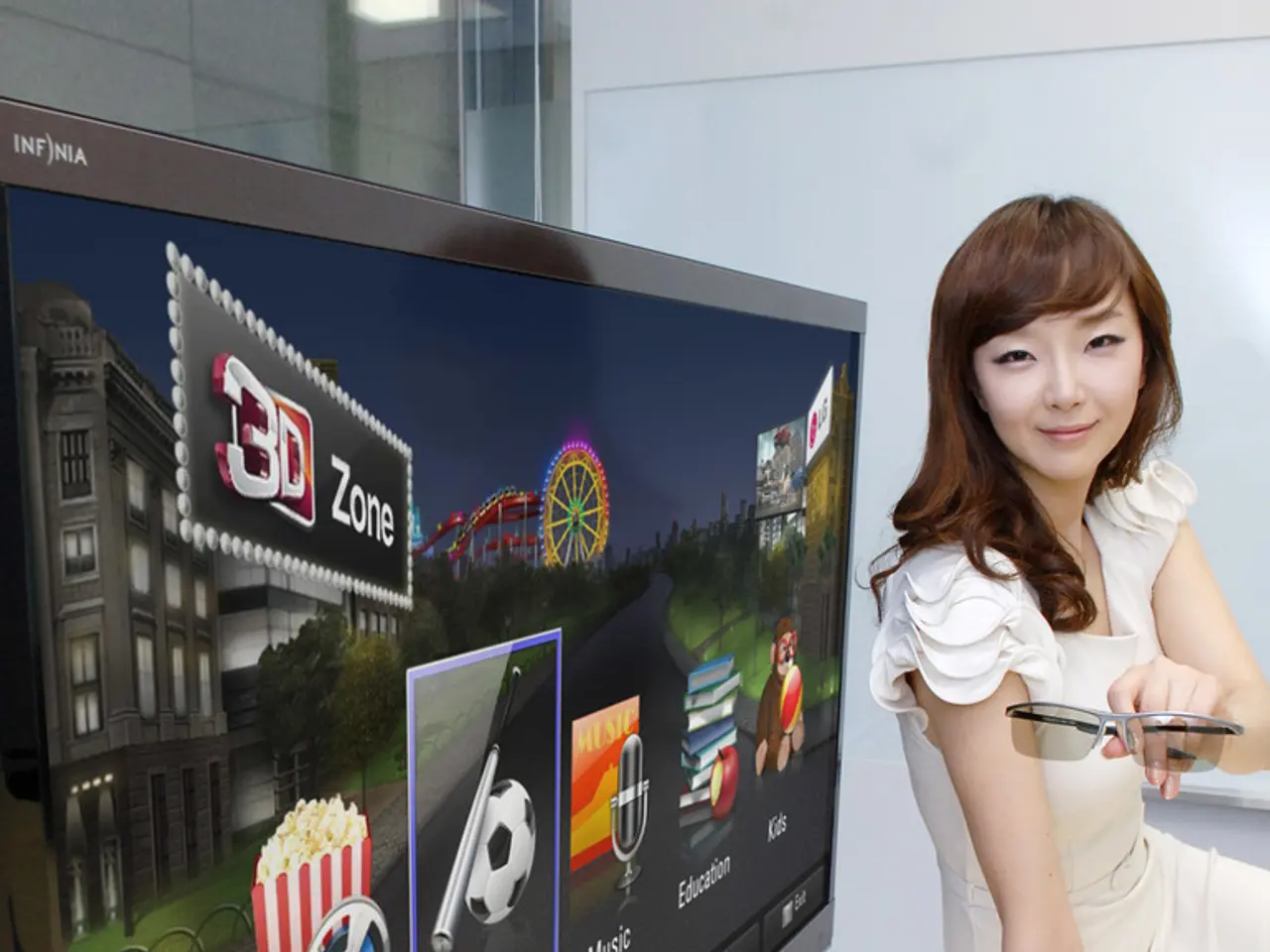Connecting Your Optical Cable to a Samsung TV: A Detailed Instruction Manual for Perfect Visual Quality
For an immersive audio-visual experience, connecting an optical cable to your Samsung TV can be a game-changer. Also known as a TOSLINK cable, this fiber optic cable is designed for transmitting high-quality audio signals from devices like TVs or soundbars to receivers or amplifiers.
Here's a step-by-step guide on how to connect an optical cable to your Samsung TV:
1. Begin by turning off both your TV and the soundbar or external audio device to prevent any electrical issues during connection.
2. Locate the optical ports on your devices: - On the back of your Samsung TV, find the Digital Audio Out (Optical) port, typically labeled and may have a protective cover that needs to be removed. - On your soundbar or audio receiver, locate the Digital Audio In (Optical) port.
3. Connect the optical cable: - Insert one end of the optical cable into the TV’s optical output port. - Connect the other end to the soundbar’s optical input port. Ensure both connections are secure and the cable is fully inserted.
4. Power up your TV and soundbar.
5. Set the soundbar input source: - Use the soundbar’s remote or multi-function button to select the optical input mode, often labeled as “D.IN” or “Optical.”
6. Configure your TV’s audio output settings: - Navigate to your TV’s settings menu. - Go to the Sound or Audio section. - Set the Sound Output to Receiver (Optical) or Digital Audio Out, instead of the TV speakers, to direct audio through the optical connection.
7. Test the connection by playing audio, ensuring the sound is coming through the soundbar via the optical cable.
This setup supports high-quality digital audio formats such as Dolby Digital and DTS, delivering enhanced surround sound and audio clarity over analog connections.
When using optical cables, remove any protective caps on the cable ends before connecting. Optical cables only carry audio signals, so video remains connected separately via HDMI or other cables on your TV. If both HDMI ARC and optical cables are connected, the TV may prioritise HDMI ARC audio by default.
For further sound customisation, you may adjust the TV and soundbar audio settings such as audio format and volume modes. If signal degradation or interference occurs with an optical cable, check the cable for kinks or bends, secure the connections on both devices, and try using a different optical input or device.
To connect multiple devices to a Samsung TV using an optical cable, an optical splitter or switch is required. By following these steps, you can enjoy the benefits of using an optical cable, such as delivering crystal-clear picture and sound quality, resistance to electromagnetic interference, and the ability to transmit signals over longer distances without signal degradation.
To enhance your home theater setup, connect an optical cable from your Samsung TV's Digital Audio Out (Optical) port to your soundbar's Digital Audio In (Optical) port for improved sound quality. This connecting process, which involves securing the cable ends, powering up the devices, setting the input source on the soundbar, and configuring the TV's audio output settings, offers a seamless data-and-cloud-computing experience as it supports high-quality digital audio formats like Dolby Digital and DTS.




